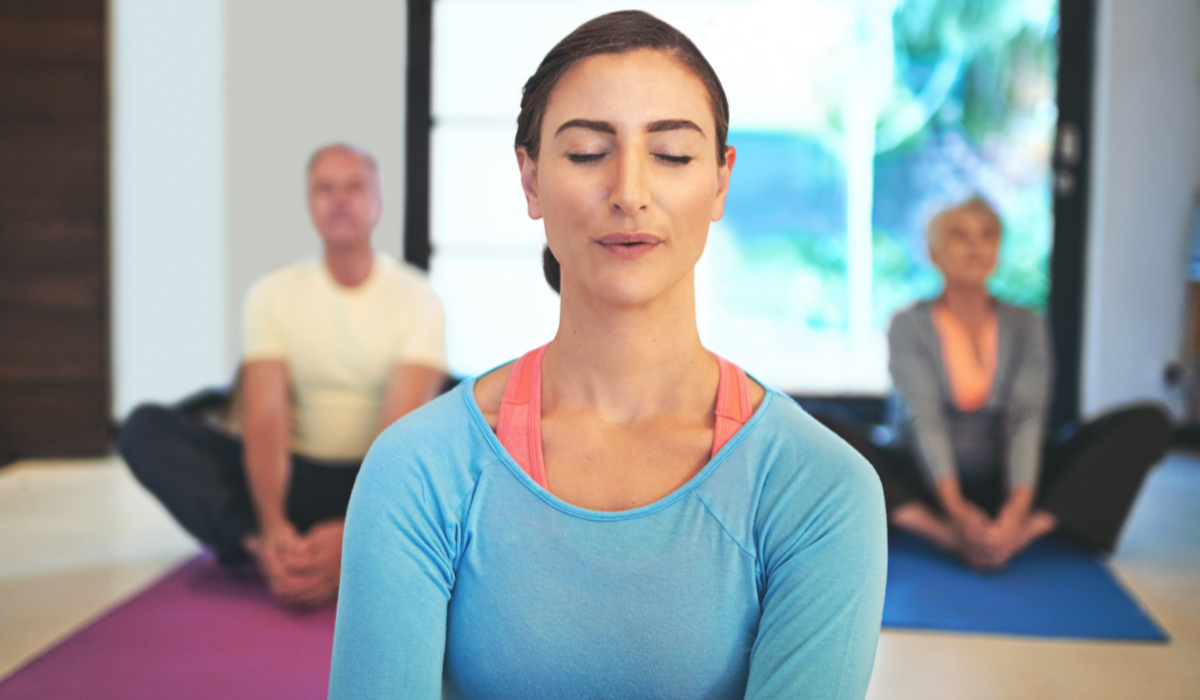
Modern life moves fast: deadlines, screens, and constant connection make calm feel out of reach. Yet stress doesn’t have to run your day. Managing it isn’t about eliminating challenges but learning how to restore balance when things feel heavy.
TL;DR
Stress is inevitable. The key is learning recovery: short pauses, movement, rest, and mindful awareness turn everyday pressure into resilience. Finding Calm in the Chaos is about restoring balance in a fast-paced world – learn how to manage stress and regain peace amid modern life’s constant rush.
Why Stress Management Matters
Stress activates the body’s natural alert system, but without moments of release, that alert never turns off. Over time, it drains energy and clarity. Healthy stress management helps you regulate rather than suppress — you stay focused, not fried. Even simple shifts like breathing slower, setting micro-boundaries, or stepping outside for fresh air help reset your system.
The Body–Mind Connection
Movement is one of the most direct ways to regulate stress. A short walk, some stretching, or gentle breathing activates your body’s calming response.
One option known for balancing both body and mind is a regular yoga practice. Yoga builds strength, improves flexibility, and encourages mental stillness. Over time, it helps you become more aware of tension, and more skilled at releasing it.
How To: The “Mini Pause”

When you notice stress rising, try this one-minute sequence:
- Exhale completely.
- Inhale through your nose for four counts.
- Hold for two counts.
- Exhale slowly through your mouth for six counts.
- Drop your shoulders and unclench your hands.
Do this anytime — before a meeting, in traffic, or between tasks.
Common Stressors and Reset Options
|
Stress Trigger |
Quick Reset |
Habitual Change |
|
Overwork |
Stretch and hydrate |
Schedule non-negotiable breaks |
|
Digital overload |
Silence notifications |
No-screen morning routine |
|
Negative thoughts |
Write one gratitude note |
Practice daily journaling |
|
Physical tension |
Breathe deeply |
Join a mindful movement class |
|
Poor sleep |
Dim lights early |
Stick to a sleep ritual |
Alternative Ways to Cope
If classic relaxation methods don’t click, there are plenty of gentle alternatives that can ease everyday tension:
- Try aromatherapy with natural oils to create a calming atmosphere.
- Begin journaling in the morning to clear your head before the day starts.
- Step outdoors for a few minutes of natural light — it helps regulate mood and focus.
- Listen to calming instrumental playlists to quiet racing thoughts.
- Explore herbal adaptogens like ashwagandha, known for supporting balance.
- For those interested in plant-based relaxation options, THCa diamonds can also promote calm.
None of these are one-size-fits-all; experiment to find what genuinely works for you.
Checklist: Small Daily Actions That Add Up
- Start your morning with water, not your phone
- Move your body once every hour
- Pause to take three mindful breaths
- Spend ten minutes outside each day
- Keep one slow ritual before bed (reading, stretching, music)
- Reflect on one thing you appreciated today
Building calm is cumulative, and each repetition teaches your body to relax faster.
Featured Tip: Reconnect Through Nature
Even short moments outdoors can lower cortisol and lift mood. If you live in a city, find a tree-lined street, garden, or balcony view — it all counts. To explore structured outdoor mindfulness, visit Forest Bathing Central for inspiration.
FAQ
Q: How do I know if stress is becoming a problem?
A: When it consistently affects sleep, mood, or focus for more than a week or two, it’s time to take it seriously — or speak with a professional.
Q: Is meditation enough on its own?
A: Meditation helps awareness, but combining it with movement or creative outlets tends to bring stronger results.
Q: Can lifestyle tweaks really make a difference?
A: Absolutely. Small, repeated habits signal safety to your nervous system and gradually change how your body reacts to pressure.
Conclusion
Managing stress isn’t about never feeling it, it’s about guiding yourself back to balance. Through movement, mindful pauses, and consistency, you create a foundation that holds steady even when life doesn’t.
Calm isn’t found. It’s practiced.
